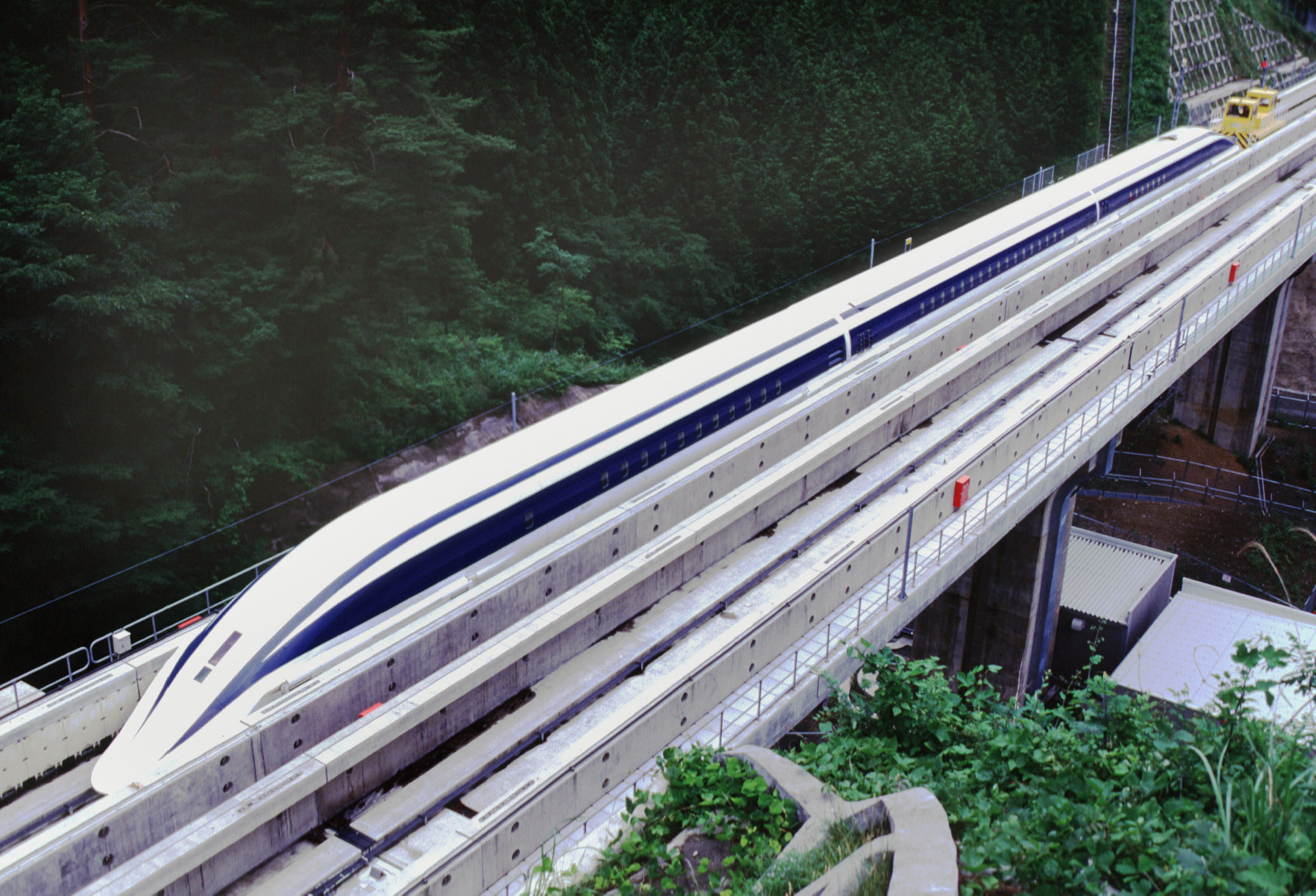AI: Friend or Foe to Workers? Expert Analysis on the Future of Jobs

The rise of artificial intelligence (AI) is sparking both excitement and anxiety about its impact on the global labor market. Will AI augment human capabilities, boosting productivity and creating new opportunities? Or will it lead to widespread job displacement, rendering many workers obsolete? Francis Tan, a leading analyst at Indosuez Wealth Management, recently weighed in on these critical questions, offering insights based on the latest U.S. jobs data and broader economic trends.
Tan's analysis begins with a look at the recent revision of U.S. jobs data from July. While the initial reports showed a slight slowdown in job growth, the revised figures paint a more nuanced picture. This adjustment highlights the inherent volatility and potential for error in economic data, underscoring the need for cautious interpretation when assessing the labor market's health.
However, the bigger story remains the transformative potential of AI. The technology is already reshaping industries, automating tasks previously performed by human workers. From customer service chatbots to self-driving vehicles, AI's reach is expanding rapidly. The core question is: what does this mean for the future of work?
The Augmentation Argument: AI as a Productivity Booster
Tan leans towards the view that AI will primarily be a labor-augmenting technology, rather than a complete labor-replacing one. He argues that AI is best viewed as a powerful tool that can enhance human capabilities, freeing up workers from repetitive and mundane tasks. This allows them to focus on higher-value activities that require creativity, critical thinking, and emotional intelligence – skills that are currently difficult for AI to replicate.
Consider the healthcare industry, for example. AI can assist doctors in diagnosing diseases, analyzing medical images, and personalizing treatment plans. This doesn't replace doctors; it enables them to provide better care with greater efficiency. Similarly, in finance, AI can automate data analysis and risk assessment, allowing financial professionals to focus on client relationships and strategic decision-making.
The Displacement Risk: Navigating the Transition
Despite his optimism, Tan acknowledges that AI will inevitably lead to some job displacement. Routine-based jobs in sectors like manufacturing, transportation, and administrative support are particularly vulnerable. The key challenge, he believes, is to manage this transition effectively. This requires proactive measures such as:
- Investing in Education and Training: Equipping workers with the skills needed to thrive in an AI-driven economy. This includes STEM skills, but also crucial soft skills like communication, problem-solving, and adaptability.
- Supporting Displaced Workers: Providing unemployment benefits, job placement services, and retraining programs to help those who lose their jobs due to AI find new opportunities.
- Exploring New Economic Models: Considering policies like universal basic income or shorter workweeks to address potential income inequality and ensure that the benefits of AI are shared broadly.
The Global Perspective
The impact of AI on the labor market will vary across countries, depending on factors such as the level of technological adoption, the structure of the economy, and the availability of skilled workers. Developed economies with robust education systems and flexible labor markets are likely to adapt more easily than developing economies with less-developed infrastructure and a larger reliance on low-skilled labor.
Conclusion: Embracing the Change
Francis Tan's analysis offers a valuable perspective on the complex relationship between AI and the future of work. While the potential for job displacement is real, the opportunities for increased productivity and economic growth are even greater. By embracing change, investing in human capital, and implementing thoughtful policies, we can harness the power of AI to create a more prosperous and equitable future for all.






